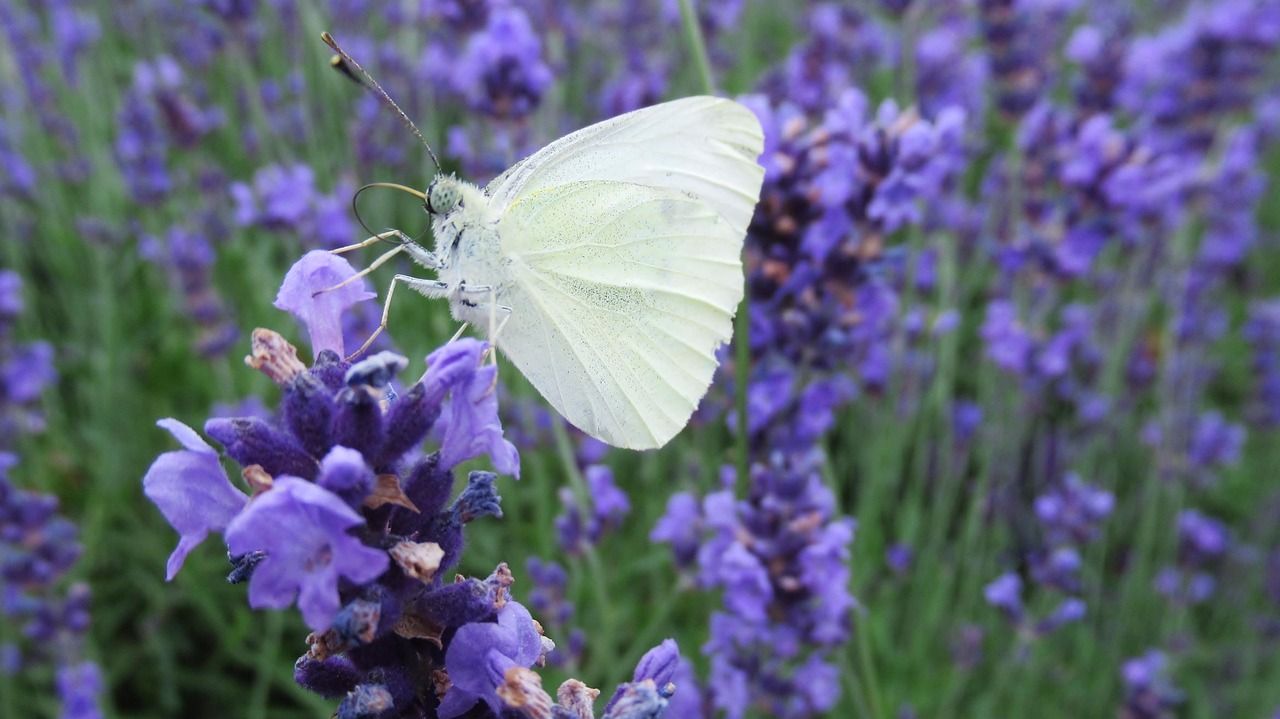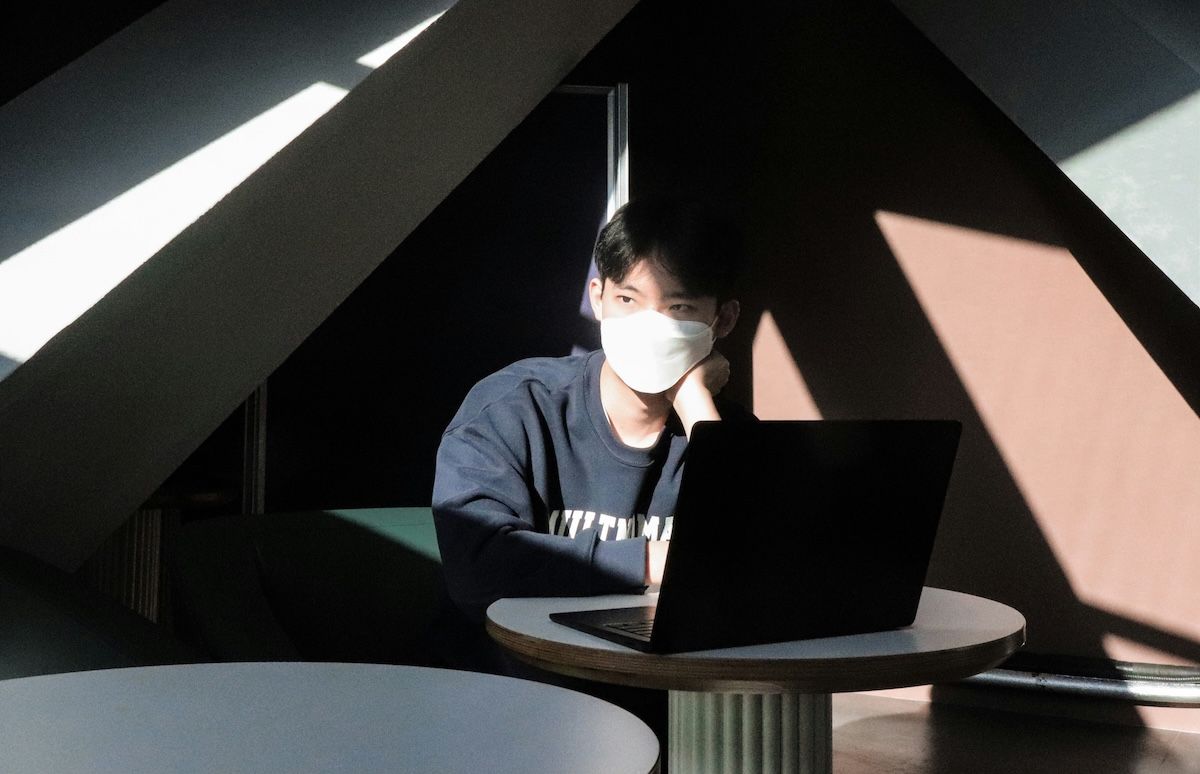Feeling lonely? Try this.
If you are lonely and need a little self-soothing, try Simplified Self-Havening. This simple body-based technique helps your body become calm and centered. Practice the technique right now by watching the video below and following along. Feel how much better you feel and remember to use it next time you need a hug. You can also download written instructions in English, Spanish, and Portuguese.
How it works.
Simplified Self-Havening is exceptionally simple to do! Cross your arms over your chest with your hands on your shoulders. Using firm but gentle pressure, draw your hands down your arms to your elbows. While you do this, hum a little tune.
If you haven’t given Simplified Self-Havening a try yet, do it now. Take notice of how your body feels both before and after you use the technique.
Why it works.
Simple self-havening helps bring us back into the body and into the moment. The gentle pressure on the chest area activates the parasympathetic, relaxing part of our nervous system. By crossing our arms, we are causing brain activity across both hemispheres, which helps us feel more grounded.
This technique is also helpful if you feel numb or disconnected, or just need some self-soothing. Havening was developed as a trauma technique by neuroscientist Ronald Ruden. You can read more about it at Havening.org.
More techniques to try when you are feeling lonely.
If you found Simplified Self-Havening helpful, here are a few more tools you can use next time you feel scared or anxious: Calming Hug, the Soothing Butterfly Hug, and Calm Breathing.
All the videos and techniques in our "Try This" series were created by ACEP's Humanitarian Committee to help people heal by spreading the word about the powerful effects of energy psychology techniques. We invite you to help by sharing this information!
Need help from a professional?
Many people are looking for holistic ways to let go of anger and other upsetting emotions. ACEP is a nonprofit, 501c3 dedicated to the research, education, and sharing of energy psychology. Check out the ACEP practitioner directory to find a certified ACEP therapist in your area or online.
Author: Sarah Murphy, LPC, ACP-EFT
Sarah Murphy is ACEP board secretary and communications committee chair. She is a counselor in private practice and specializes in working with people who have serious illnesses.
Video Resources Provided by the ACEP Humanitarian Committee
The mission of the ACEP Humanitarian Committee is to develop and implement humanitarian projects that alleviate emotional distress caused by catastrophic natural and man-made events around the globe. We do this by encouraging and assisting ACEP members in developing humanitarian projects that utilize recognized energy psychology and other modalities that meet ACEP’s standards and guidelines. Learn more here.
Photo by Anthony Tran on Unsplash



